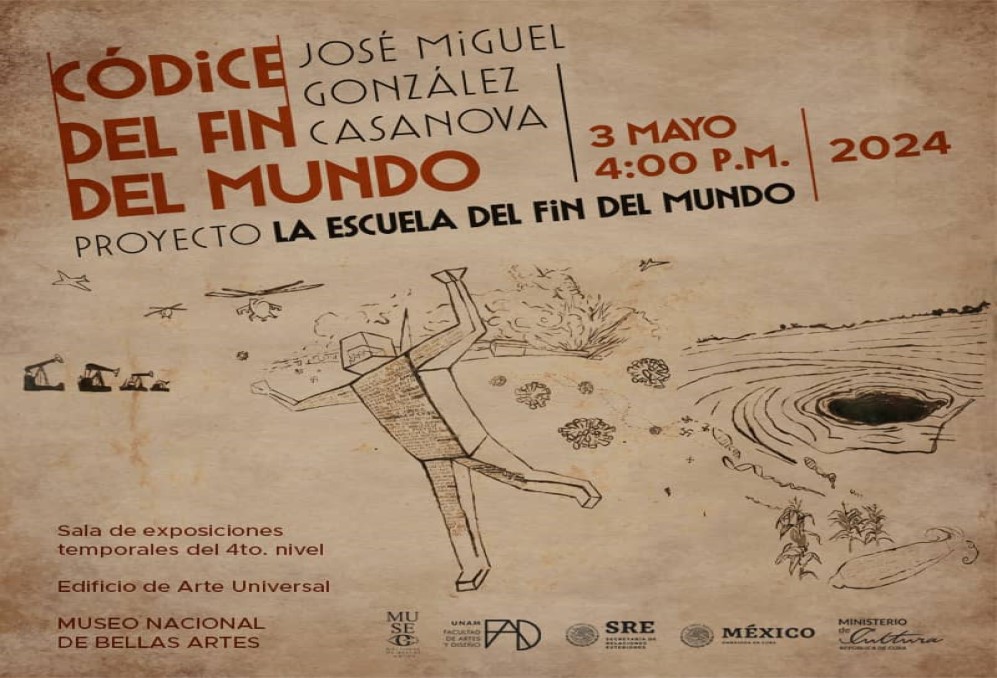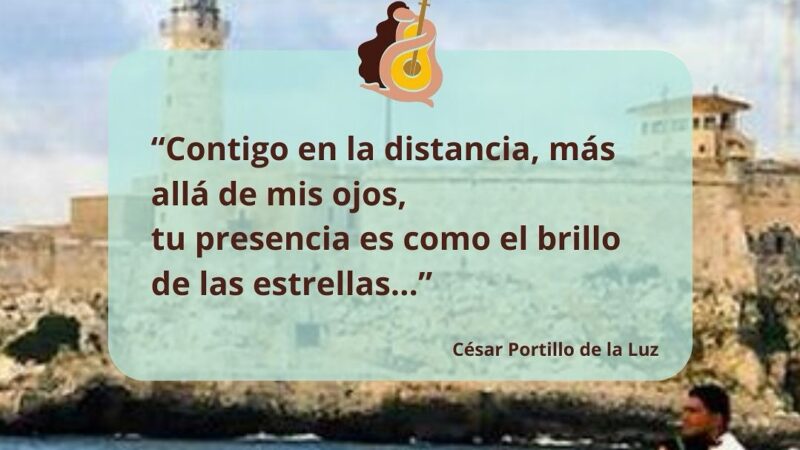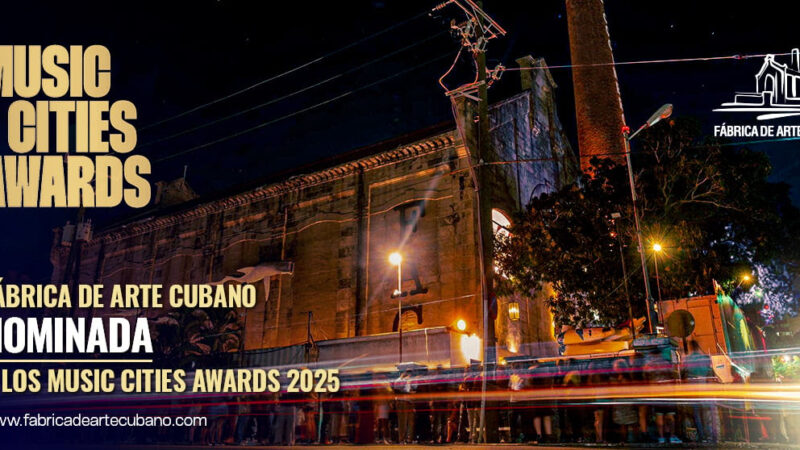National Museum of Fine Arts to Host Cuban-Mexican Collaborative Art and Education Project

The National Museum of Fine Arts, in collaboration with the Faculty of Arts and Design (FAD) of the National Autonomous University of Mexico (UNAM) and the visual artist and professor José Miguel Casanova from the UNAM, supported by the Ministry of Foreign Affairs of Mexico, will launch «The School at the End of the World» at the Havana institution starting next May. This innovative project in art and education aims to create interactive experiences with the public.
Conceived as an ongoing process divided into three stages, the initiative kicks off on Friday, May 3rd, with the opening of the exhibition «Codex of the End of the World.» This exhibition features large-scale drawings by Casanova and will be showcased in the Temporary Gallery on the 4th floor of the Universal Art Building, remaining open until June 30th.
The exhibit delves into the predatory impact of capitalism on nature and human society, driven by wealth concentration, exploitation, and consumerism. Through documentary research on the planetary situation in the post-industrial era, the Mexican artist draws upon the cultural precedent of Aztec codices, integrating two key concepts into this project: drawing as a diagram and drawing as a ritualistic action.
In this series of 10 large-scale drawings, Casanova experiments with significant materials, ranging from amate paper, the original support of codices handmade by indigenous peoples from the amate tree, to the use of petroleum, fire, gold, and even his own blood.
The second stage, scheduled for July and under Casanova’s coordination, will feature art-education workshops in the gallery, engaging specific communities in Havana and the museum’s audience. Through dialogue and collaborative actions, participants will generate research and museum pieces, culminating in an exhibition showcasing the process.
Leading these interventions are Mexican artist-educators Brenda Anayatzin Ortiz Guadarrama, a photography professor from FAD-UNAM, and Idaid Rodríguez Romero, a professor of Alternative Media in FAD. From Cuba, Glenda Salazar, a photography professor at the University of the Arts, and Juan Carlos Rodríguez Valdés, director of the Pinar del Río Art Museum and coordinator of the artistic-pedagogical project «Farmacia,» will participate.
The third stage, in August, will bring together these artist-educators for a seminar in Taxco and Mexico City, replicating similar experiences with Mexican audiences and specialists. These activities will contribute to the creation of museum materials, which will be added to the museum exhibition in the first week of September until the culmination of this collaborative endeavor on October 6th.
José Miguel González Casanova, born in Mexico City in 1964, has established himself as a multidisciplinary artist, essayist, editor, curator, scenographer, and educator. Over the years, he has undertaken numerous artistic projects, emphasizing collaborative works and research focusing on the nexus of art, education, and economics.
With a distinguished career marked by interdisciplinary, self-managed, and collaborative projects, González Casanova, an alumnus of the National School of Plastic Arts at UNAM, has been a drawing professor for 35 years. Through various workshops, he has promoted interdisciplinary approaches, public art, and project creation in specific contexts.
The current project at the National Museum of Fine Arts is emblematic of his trajectory, deeply rooted in the artistic-educational realm and the transformation of problematic realities, embodying his vision of art as a mediator and facilitator of human life.
Source: National Museum of Fine Arts of Cuba
Translated by Luis E. Amador Dominguez



